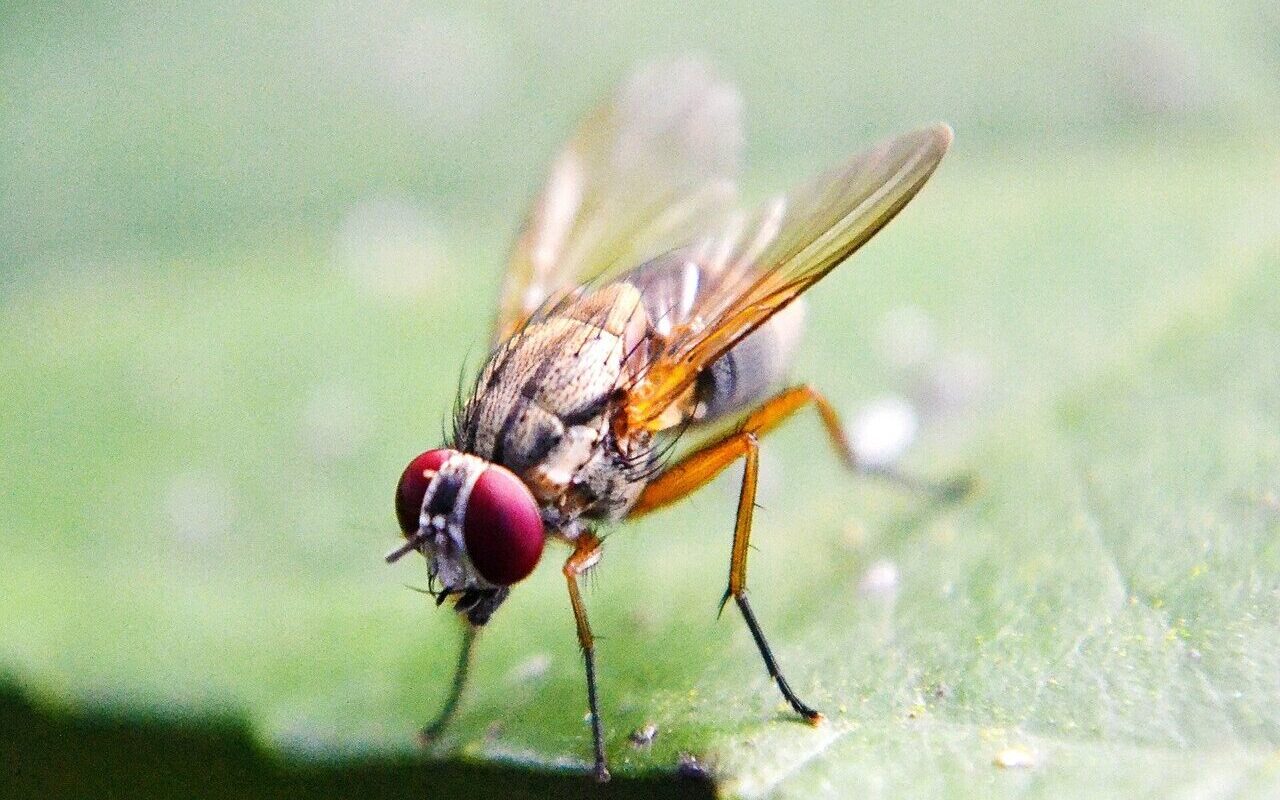Persistent aggression is a common behavior observed in both humans and animals. It is often associated with survival mechanisms and territoriality. Female fruit flies, for instance, engage in persistent aggression to guard prime egg-laying territories on ripe bananas. Understanding the mechanisms behind this behavior not only sheds light on the decision-making processes in the brain but also provides insights into aggressive behaviors observed in humans with neurodegenerative or psychiatric disorders.
Researchers at Janelia and the California Institute of Technology conducted a study to uncover the neurons, circuits, and mechanisms responsible for the tenacious behavior of female fruit flies. Previous studies had identified specific cell types associated with aggression in the brains of female fruit flies. By activating these cells, the researchers observed that the flies displayed aggressive behaviors.
The team, led by Katie Schretter, a postdoc in the Rubin Lab, aimed to investigate how the signals from these aggression-associated cells might contribute to the persistence of aggressive states. They isolated the female flies with a barrier and activated the different cell types associated with aggression for 30-second intervals. The flies were then kept separated for specific time periods before being allowed to interact.
Contrary to their initial hypothesis, the researchers found that a recurrent connection between the aggression-associated cell types did not cause persistent aggression. One specific cell type, aIPg, was found to contribute to persistent aggression, as activating these cells led the flies to display aggressive behavior for up to 10 minutes even after the barrier was removed. However, another cell type, pC1d, previously associated with aggression, did not induce the same enduring anger.
Interestingly, when researchers simultaneously stimulated pC1d and another aggression-associated cell, pC1e, the flies displayed persistent aggression. These results suggest that the maintenance of a persistent aggressive state may involve mechanisms different from what was originally thought. It may not solely depend on a recurrent connection between aIPg and pC1d, as hypothesized, but could also involve other factors such as neuromodulators or downstream neurons.
The findings open up new avenues for exploring the underlying circuits and mechanisms of persistent aggression in fruit flies. Investigating alternative models and factors that influence this behavior will help deepen our understanding of aggression and may facilitate the development of strategies to control and reduce persistent aggression in fruit flies and potentially even in humans.
Schretter emphasizes the importance of understanding and controlling persistent aggression, as it holds implications for society. By unraveling the circuitry and mechanisms involved, researchers can gain insights into the decision-making processes in the brain and explore potential interventions to decrease aggression.
As researchers delve into these other models and factors that contribute to persistent aggression in fruit flies, they hope to uncover a more comprehensive understanding of this behavior. This research may provide valuable insights into the complexity of aggression and pave the way for future studies on the mechanisms of persistent aggression in humans.



